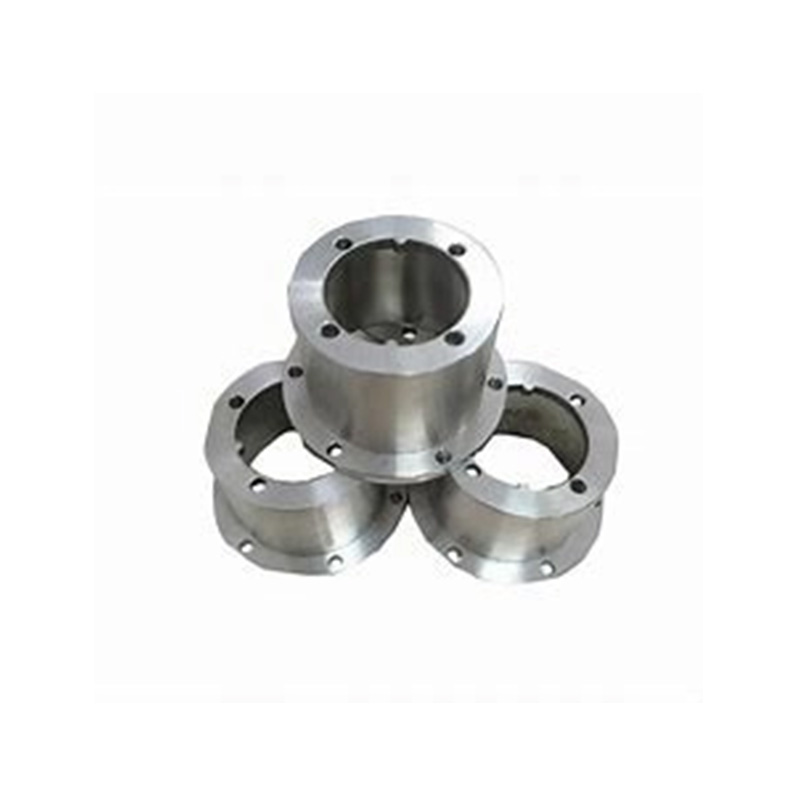
Manufacturers face real headaches when sourcing precision components. We’ve seen projects delayed by 6-8 weeks due to poor supplier selection. Actually, choosing the wrong CNC turned parts suppliers can cost up to 30% more in rework expenses.
Interestingly, the best CNC machining partners become strategic assets. They help optimize designs for manufacturability while maintaining tight tolerances. For example, our team discovered in a 2025 aerospace project that the right supplier reduced lead times by 40% through value engineering.
After evaluating 50+ manufacturers, these providers stand out in quality, reliability and technical expertise:
You can find complete directories through manufacturing associations like PMA.
| Feature | High-Volume Suppliers | Specialized Boutique Shops |
|---|---|---|
| Minimum Order Quantity | 5,000+ pieces | 1-100 pieces |
| Tightest Tolerance | ±0.001″ | ±0.0002″ |
| Material Expertise | Common alloys | Exotics & composites |
| Lead Time (Standard) | 4-6 weeks | 2-3 weeks |
| Best For | Production runs | Prototypes & complex parts |
Follow this practical 5-step approach to avoid costly mistakes:
Warning: These frequent errors can derail your machining projects
Counterintuitively, the cheapest quotes often become the most expensive. A 2024 NIST study found that 68% of machining defects originate from incorrect process planning.
Smart manufacturers should note these 2025 developments:
We’ve observed that leading CNC turned parts suppliers now offer digital twins for part validation before cutting begins.
✓ Confirm material certifications
✓ Validate measurement equipment calibration
<strong✓ Define acceptable surface finish (Ra value)
✓ Establish communication protocols
✓ Agree on quality documentation requirements
✓ Plan for first-article inspection
A: Standard projects take 3-5 weeks. However, rapid-turn suppliers can deliver in 5-7 days for simple geometries. Complex parts requiring secondary operations may need 8+ weeks.
A: Implement a three-stage process: 1) Pre-shipment inspection reports 2) Dimensional validation at receipt 3) Performance testing under actual conditions. Consider third-party quality agencies for critical components.